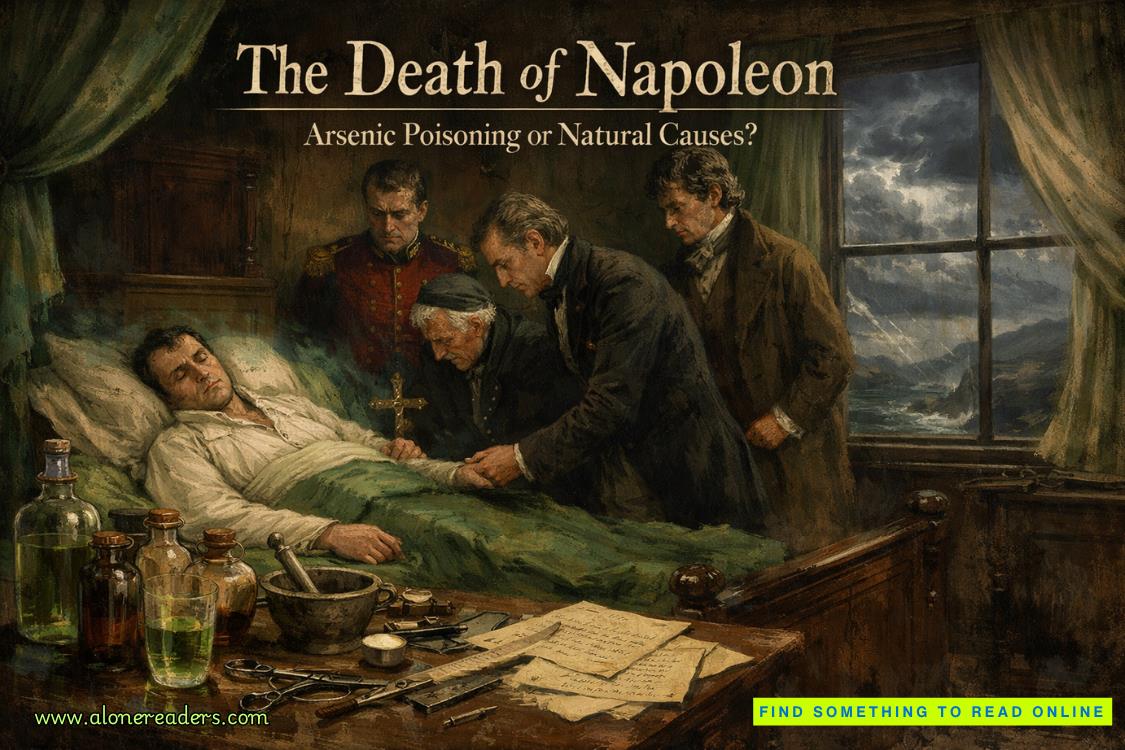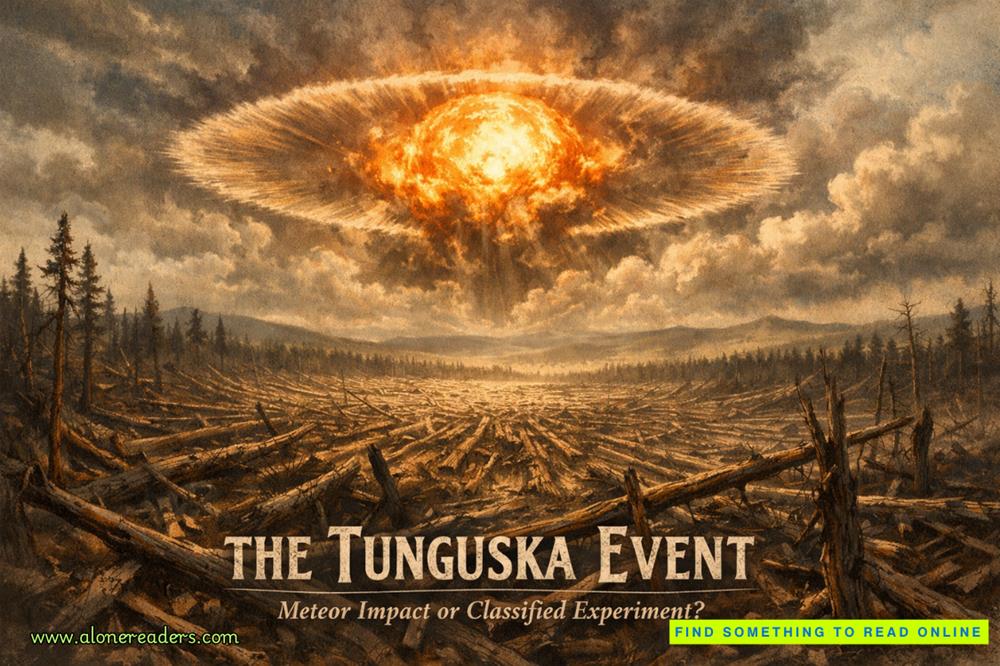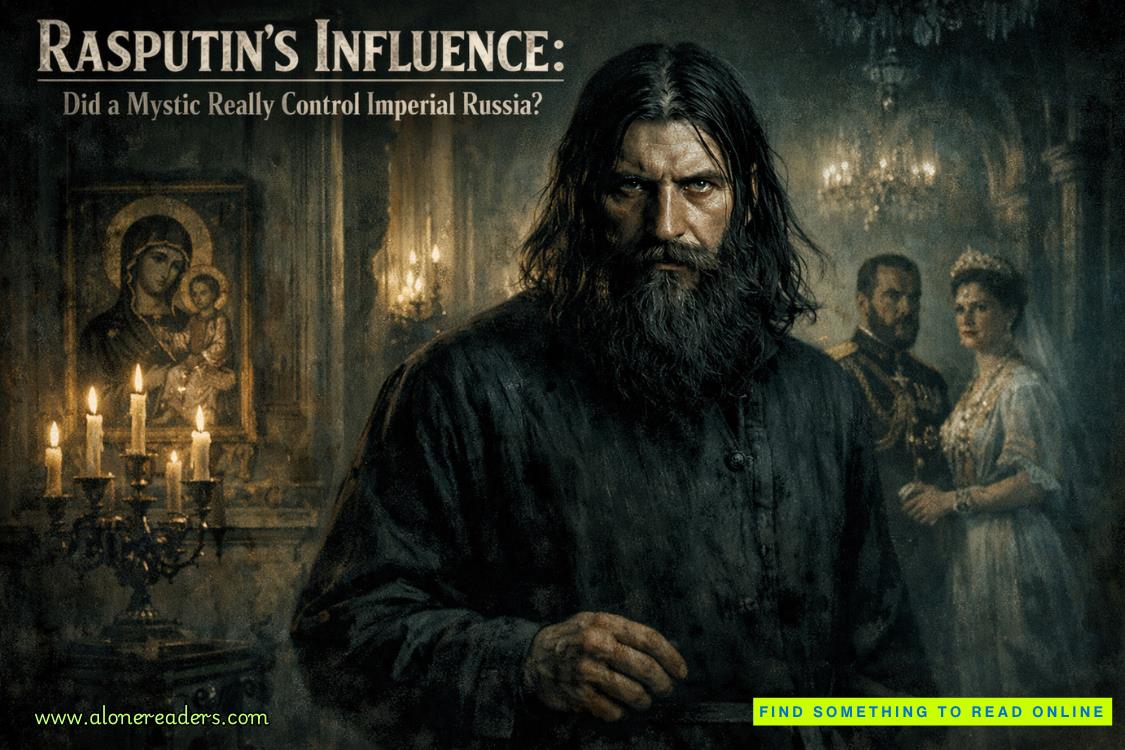Chapter 1
Kacey
April, Four Years Later
Groaning, I roll over, away from the sun burning through the windows and right into my retinas. I mentally scold myself for forgetting to close the blinds last night.
As I climb out of bed, I can hear people outside, telling me the work for the day is starting on the ranch. I get dressed, throwing on a long-sleeve button down, a pair of jeans, and my jacket. Dragging my feet, I slowly make my way into the kitchen for coffee. I pour some in a to-go mug, grab a protein bar, put on my boots, and walk out the door.
From my front porch, I have a perfect view of the brown and white horse barn and south pasture where the mares and foals live. With the Rocky Mountains in the distance, it really ispicture perfect. I love this ranch. It’s been in my family for four generations and I couldn’t imagine being anywhere else. I take a deep breath and one last look before I head to the barn to saddle my horse.
I walk about halfway down the barn alley and stop.
Where is my dog?
I whistle loudly. “Oh Rein,” I singsong.
From around the corner runs a little half-breed Red Heeler, Australian Shepherd mix dog. At only thirty-five pounds, she looks innocent, but don’t let her looks fool you, she has a wild side a mile long. I bend over and give her some scratches behind the ears, her soft red and white speckled fur flying up and sticking to my sleeve.
After I’ve paid Rein’s pet tax, I walk down a few more stalls, grab a halter, and open the stall door. Inside, ears perked forward, stands my horse—a little sorrel gelding named Hooch. He’s 14.2 hands tall with a white blaze and four white socks. Most girls want a more colorful horse, like blue roans, buckskins or palominos, but that’s not me. I like red dogs and red horses. Other girls also like pink and sparkle tack, while I prefer the classic suede-like appearance of plain, rough out, tan leather.
With Hooch saddled, I whistle at my wild child and ride out of the barn. April mornings in Colorado are always chilly. In the crisp morning air, with dew on the grass, the foals like to race across the pasture finding their legs. So even with the chill, spring is always my favorite season on the ranch.
Nothing is better than foaling season.
About 100 yards into the pasture, my dad is sitting on his horse talking to our ranch foreman. Dad is a third-generation rancher—and he’s good at it. He saved this ranch by talking Grandpa into starting the cattle feedlot, which then turned into adding a butcher shop and selling meat directly to high-end restaurants. Located southwest of Denver, The DiamondHart Ranch consists of roughly 45,000 acres and is the most successful, diverse, and well-operated ranch in the state. And in my opinion, it’s the prettiest ranch, too.
Today, we’re going to the mountain pasture, my favorite place to ride. It’s always a beautiful ride, like something you would see in a magazine or movie.
The ranch foreman, Chester, mostly known as Chet, was brought on a few years ago and we don’t exactly get along. He’s sitting by Dad, wearing his gray silverbelly cowboy hat that always looks a little crooked. He’s pretty smart when it comes to cattle health, and he does great with the pairs on pasture. So much so, Chet has a bit of a chip on his shoulder. As for training horses, not so much. He doesn’t have the patience for it.
I still don’t understand why my dad hired him—he never even asked me if I wanted the job.
The men turn when Hooch and I get closer.
“Why is your hat always crooked?” I tease Chet.
He reaches up, adjusting it. “It is not.”
I smirk at the fact that he checked.
My father chuckles behind his thick beard. “Please be nice to the cowboys, we have a long day ahead of us.”
Chet holds his tongue, but the way his face flushes is priceless.
“Well, one of you holler at the boys. We got cattle to gather,” my father says.
Chet whistles and seven nearby cowboys heed his call, riding up on their own horses. With that, we all head up the mountain.
After about two hours, we reach the top. My father sends two cowboys and me down the north side—the closest side to the corrals—while he and two others take the south. Chet and one cowboy take the east, while Carson and another take the west.
Carson is my favorite of the cowboys. He’s in his mid-thirties with blonde shaggy hair and a scruffy face under a ragged old black Resistol cowboy hat. He’s the best ranch hand we have. Hecan rope, train horses, fix about anything, and he’s tougher than nails. I’ve seen him get kicked in the ribs, saddle the same horse and ride away on it like it never happened. He’s quiet, reserved, maybe even a little grumpy, but he’s as loyal as they come—you definitely don’t want to mess with someone he cares about.
Carson has been on the ranch since I was eight and he’s more of a big brother than a ranch hand to me. I know he sees me as a sister, too. He started teaching me to train horses when I was twelve. He’s helped me ever since, including Hooch. He really should be the foreman, not that Dad hasn’t offered him the job, but every time, Carson just says he likes his current position.
I’ll never understand it.
Everyone disperses in their assigned directions, but before I head down the mountain, I take a second to soak up the view. It’s breathtaking. Each time I see it is like the first. I can see all of the main parts of the ranch, the stone house and big, old wood barn with white trim my great-grandparents built. Just north of the old barn is the horse barn with an indoor arena Dad built for me. To the west of the arena is the house my grandfather built—which I now live in—and southwest of it is the ranch foreman’s house. Although it’s not where Chet lives, Dad made Carson take it when he turned down the foreman job the third time.















